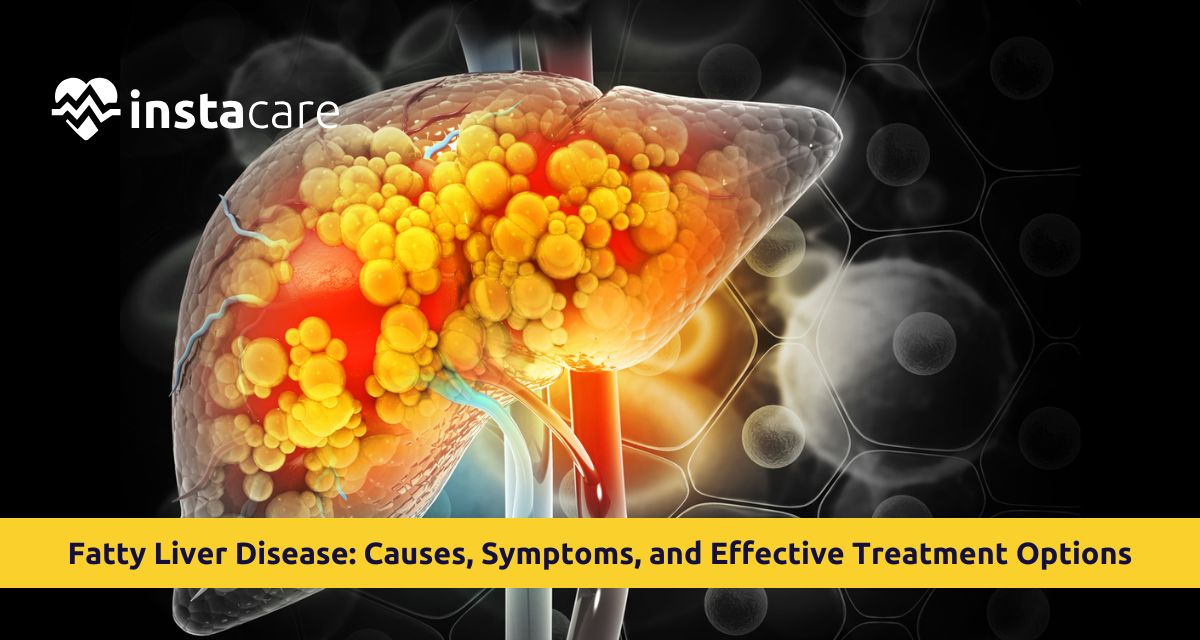What is Fatty Liver Disease?
Causes and Risk Factors for Fatty Liver Disease
- Obesity and Metabolic Factors are the most common fatty liver etiologies. Central obesity, in particular, is strongly associated with the etiopathogenesis of fatty liver. Insulin resistance, type 2 diabetes mellitus, and metabolic syndrome provide substrates for fatty accumulation in hepatocytes.
- Dietary Factors are also a substantial contributor to development. Diets rich in energy, high in content of refined carbohydrates, added sugars, and saturated fats promote liver fat deposition. Regular fructose intake from sources like high-fructose corn syrup in foods leads to direct hepatic fat deposition.
- The major etiology is alcohol consumption. Fat deposition can be provoked even by moderate consumption, yet the disease progresses more quickly when excessive consumption is the habit. Dose-dependent pathogenesis of alcohol to fatty liver exists, with increasing consumption equaling increased severity and rate of progression.
- Medical Conditions are important fatty liver risk factors such as polycystic ovary syndrome (PCOS), hypothyroidism, sleep apnea, and fat metabolism disorders. Certain drugs such as corticosteroids and chemotherapy drugs also cause development.
- Genetic Predisposition determines susceptibility in the individual. Some genetic mutations related to fat metabolism, insulin sensitivity, and inflammation predispose an individual to the disease. History of metabolic disease, diabetes, or fatty liver disease increases the risk of developing the disease.
Symptoms of Fatty Liver
- Early Stage Symptoms can be weakness, malaise, and pain in the upper right quadrant which is mild. These are non-specific and thus very easily attributed to other illness, hence a late diagnosis of fatty liver.
- Progressive Symptoms develop as the disease advances. Fatigue gets worse, it is harder to concentrate, and stomach pain continues. Bloating soon after a meal or feeling queasy is experienced by some patients.
- Advanced Stage Symptoms develop when fatty liver advances to fibrosis or cirrhosis. They are dark-colored urine, confusion, yellow discoloration of the skin and eyes (jaundice), and bloated abdomen. Swelling in feet and legs is a result of water retention.
- Silent Progression is typical in most cases, where there is extensive liver damage prior to the demonstration of signs and symptoms. This makes routine screening of health in high-risk individuals possible.
Diagnosis of Fatty Liver
- Medical History and Physical Examination are the basis for the diagnosis. Physicians question risk factors, symptoms, alcohol use, medications, and family history. Physical exam can detect liver enlargement or tenderness.
- Blood Tests yield the diagnostic findings. Liver enzyme function tests for AST and ALT can be positive, but a normal test does not rule out fatty liver. Other tests give blood sugar estimations, cholesterol, triglycerides, and metabolic syndrome markers.
- Imaging Tests provide non-invasive liver fat imaging. Initial screening utilizes ultrasound, followed by CT scan and MRI high resolution imaging. Specialized MRI quantifies liver fat content accurately.
- Advanced Diagnostic Tests involve FibroScan (transient elastography), a test that assesses liver stiffness to estimate the amount of fibrosis. The painless process gives results immediately without invasive testing.
Read More: Natural Home Remedies for Fatty Liver Disease
Treatment and Management of Fatty Liver
- Weight Loss Management is keystone of treatment. Fatty liver and weight loss are synonymous, and research shows that 7-10% body weight loss decreases liver fat as well as functions better. Slow, progressive weight loss is better than crash weight loss.
- Dietary Interventions are a major focus in management. The general fatty liver diet plan includes whole foods, lean proteins, complex carbohydrates, and good fats with eliminating processed foods, added sugars, and saturated fats. The Mediterranean dietary pattern is of special promise for liver health.
- Exercise Regimens enable diet modification during the fatty liver reversal. Resistance exercise and aerobic exercise reduce the amount of fat in the liver, enhance insulin sensitivity, and maintain metabolic well-being. Regular physical activity at least 150 minutes per week is advised.
- Medical Management can involve the treatment of comorbidities such as diabetes, hypercholesterolemia, or hypertension. No medication is indicated for treating fatty liver by itself, yet treatment of the comorbid disease treats underlying contributing etiologies.
- Fatty liver home remedies are the intake of green tea, turmeric, and omega-3 food. Fatty liver natural treatment, however, must complement, not substitute for, efficacious medical therapies.
Prevention Tips of Fatty Liver
- Lifestyle Changes are prevention cornerstones. Optimum weight control, adherence to balanced diet, physical activity, and regulation of alcohol use are simple preventive measures attacking multiple risk factors at once.
- Dietary Prevention Interventions consist of intake of whole, unprocessed food compared to processed food. Limitation of processed food, sweet beverages, and saturated fat-rich foods prevents liver fat storage. Addition of foods containing antioxidant and anti-inflammatory compounds improves liver well-being.
- Regular Screening for health permits fatty liver and related conditions to be detected earlier. There must be regular liver function and metabolic profile in high-risk patients. Early detection permits intervention before the damage becomes extensive.
Conclusion

